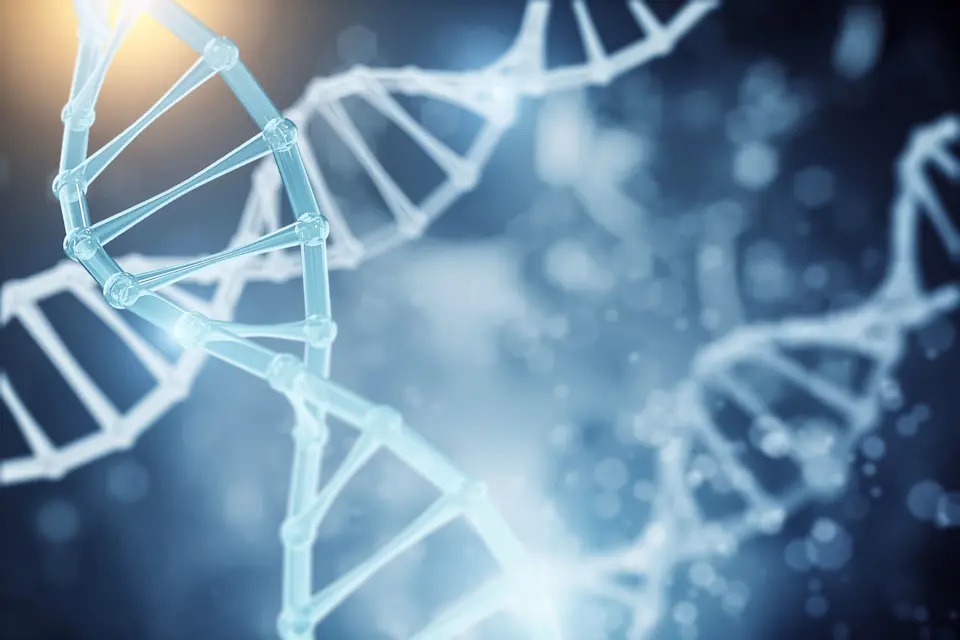
The Essentials of Factor Investing
CPT is an important part of any advisor’s career, particularly as times change so rapidly. The speed with which factor investing strategies, in particular smart beta products, have imposed themselves in the investment landscape, has left many at a disadvantage when explaining factor investing to clients and prospects.
The following module aims to bridge that gap. We invite financial professionals engaging with this course to digest the information, and then take an optional test at the end. We aim to present the module using clear language, charts, videos and a short case study to enhance the learning experience. Each of the eight chapters should takes up to 15 minutes to thoroughly digest, with a summary and the optional test aimed at reinforcing the knowledge.
A successful outcome, gaining a score of at least 12 correct answers out of 15 questions (80%) in the test, counts for two hours of CPT in your professional assessments. The educational module is already accredited by local and global institutes, including the CFA Institute, EFPA, CII, CISI, IBF, FPA and FPSB, with more to follow.
Good luck!
Ready for the test?
Now that you’ve learned the basics of factor investing, it’s time to test your knowledge. Below are 15 multiple-choice questions on the 8 chapters you have completed. Click on the box that you think contains the correct answer. If you answer 12 or more questions correctly, you will be awarded 2 hours of CPT.
